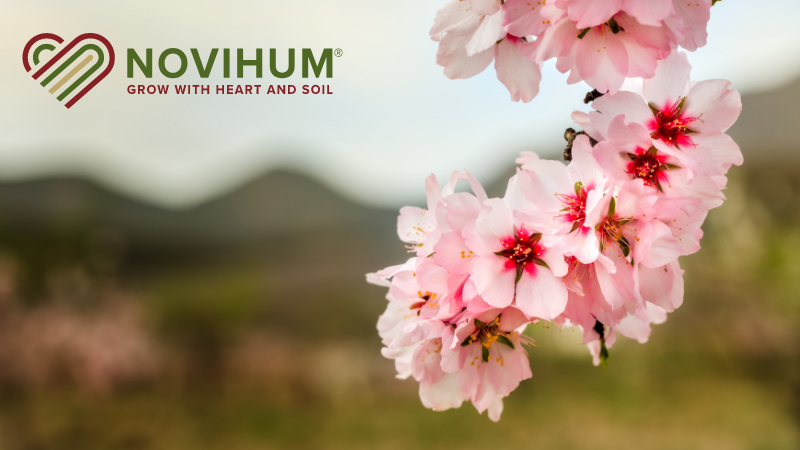Tree Fruit: Taking The Loser Mentality In The Produce Industry
 It is more than odd when a highly competitive industry is striving to finish last, or at least back in the pack, but that is exactly what the U.S. apple industry is explicitly trying to do right now.
It is more than odd when a highly competitive industry is striving to finish last, or at least back in the pack, but that is exactly what the U.S. apple industry is explicitly trying to do right now.
Usually, every crop in the U.S. produce sector seeks even the slightest marketplace advantage to move their products. Crop vs. crop, region vs. region, conventional vs. organic, and so on. At retail, domestically or internationally, the battle is on, as each specialty crop focuses on winning, with shelf space and retail sales the goal.
The nation’s apple industry has had considerable success in that area, routinely challenging bananas, grapes, citrus, and berries for top sales generator at retail. Now, the goal is to let any of those other fruits, or even some darn vegetable, take home the gold.
Apple Pioneers
This loser mentality is tied to two recent first place finishes captured by U.S. apples.
Gold medal #1. Apple is now the first specialty crop with top level retail presence in the past two decades to have a genetically engineered (GE) variety about to enter commercialization. The Flavr Savr tomato and NewLeaf potato, introduced in the ’90s, were abysmal commercial flops and since then, the only specialty crops with GE varieties on the market are papaya, plum, and summer squash.
The Arctic apple, a non-browning fruit developed by Okanagan Specialty Fruits, might see limited fruit sales this crop season, depending on a repeatedly delayed official USDA decision to permit its commercial introduction. Apparently, the company has Washington State growers with trees in the ground and we would be the first apple producing area to provide significant amounts of this GE fruit into the supply chain.
This is not exactly a first that the industry was seeking, either regionally or nationally. In fact, regional and national associations representing the apple industry have consistently voiced their concern about the commercialization of GE apple fruit, citing adverse impacts on marketing, consumer acceptance and possible additional costs.
GMO Specialty Crops
Interestingly, a large firm based in Yakima, FirstFruits Marketing, has recently announced its new introduction, ‘Opal’, to be grown exclusively by Broetje Orchards, will be promoted as a non-browning apple fruit developed by conventional rather than GE methods and will carry labels certifying its status by the Non-GMO Project.
It remains to be seen if the commercialization of a GMO (genetically-modified organism) apple will provide specific or general market rejection of the commodity at the consumer level. The public seems indifferent to the GMO status of field crops. Around 90% of the corn, soybean, cotton and sugar beet crops in the U.S. are GMO varieties, and anyone who enjoys a plate of cheese-adorned nachos or a carbonated beverage undoubtedly ingests products derived from GE technologies or spills them all over his or her GMO cotton T-shirt.
The story seems different for specialty crops, like apple, that are directly consumed, viewed as inherently healthy and perhaps held to a different standard. Like it or not, the apple industry has apparently won the opportunity to be a pioneer in testing the consumer’s response to a GMO variety.
Watch closely, though, because the potato industry is also in the race. The Simplot company is aggressively pursuing commercialization of its proprietary Innate Technology, which it is using to develop potato varieties that are resistant to black spot from bruising and develop fewer acrylamides during cooking. The apple industry would gladly let its tuberous cousins get there first.
Unwanted Attention
Gold Medal #2. The other win the apple industry did not want — its second straight year atop the Environmental Working Group’s (EWG) Dirty Dozen Plus. According to the EWG, apples have the most pesticide residues of any fruit or vegetable produced under conventional farming practices, edging out strawberries and grapes. To add insult to injury, the EWG also produces a Clean Fifteen list.
The methodologies and data interpretation employed by the EWG have received push-back from trade associations and considerable criticism (see some helpful links in the sidebar). Thus, winning either the Dirty Dozen Plus or Clean Fifteen competition may not be a clear-cut triumph either way. Nonetheless, it is an award that certainly undermines the health message apples and other specialty crops hope the consumer buys, along with their products.
The successes apple and other specialty crops have worked to achieve in developing and implementing Integrated Pest Management programs does not carry the same headline or Internet buzz as the cleverly named and effectively promoted Dirty Dozen Plus, but it is a history of innovation readers of this publication know well.
We have come such a long way from the days when we used calendar-based sprays with ag chemicals that were effective, but could also result in negative consequences for the environment and worker safety. Years of research and Extension activities have helped get us where we are now, with pest control programs allowing products that are more affordable, more secure, and safer than ever. And the EWG itself urges consumers to eat more fruits and vegetables, so we are winning that particular battle!
Now For Some Good News
One more battle worth mentioning, and one victory worth celebrating, is the recent passage of the Farm Bill. It is especially significant that its research provisions provide significantly more funding for scientists to develop superior varieties using either GMO or non-GMO approaches, as well as further improving the efficiency and safety of pest management programs. Every specialty crop is pleased to be a winner on this.
Read Up On The Issues
For further information on both issues see these links:










